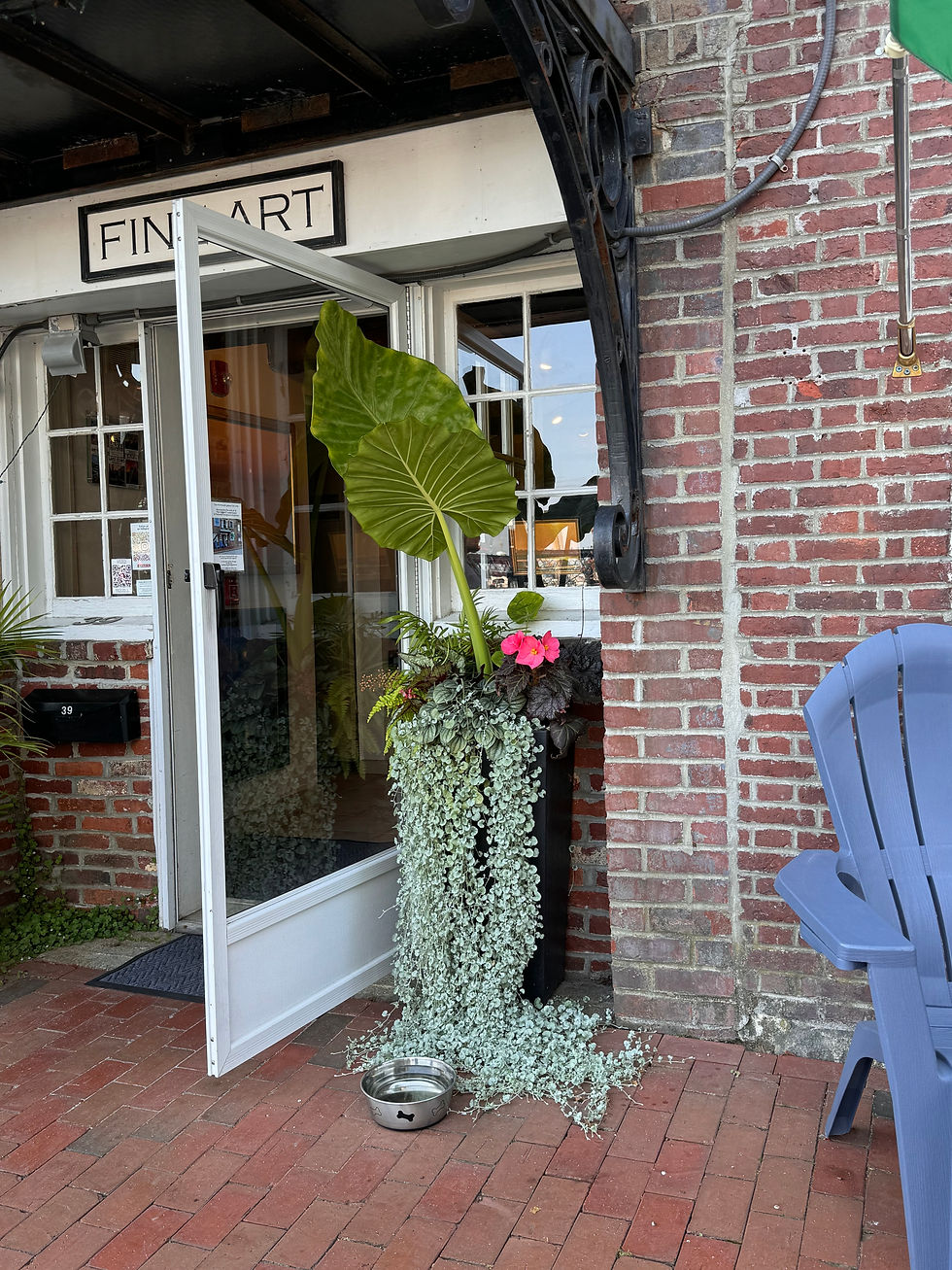FACTS ABOUT WINDSOR, CT
- nghaims9
- Jan 8
- 2 min read
JANUARY 8, 2025
By Natasha Haims
Windsor, Connecticut: From Connecticut’s First Town to a Tobacco Hub
Nestled along the banks of the Connecticut River, Windsor holds the unique distinction of being the state’s first town, founded in 1633. Originally established by English settlers as a trading post, it was built upon the fertile lands of Matianuck, home to the Native American tribes who first inhabited the area. The settlers were drawn to Windsor not just for its natural beauty but for its agricultural potential, which would continue to shape the town’s identity for centuries.
Fast forward to the mid-20th century, and Windsor had evolved into an epicenter of the tobacco industry. From the 1930s to the 1970s, the town became renowned for its shade-grown tobacco, prized for its use in premium cigar wrappers. The same fertile soil that had sustained early settlers now supported vast fields of delicate tobacco plants, cultivated under white tent-like canopies to protect them from the sun.
The iconic red barns, still scattered across Windsor’s landscape today, stand as a testament to this vibrant chapter in the town’s history. These barns, designed for curing and drying the leaves, once buzzed with activity during the harvest season. They serve as poignant reminders of a time when tobacco was the lifeblood of Windsor’s economy, drawing laborers from near and far to work the fields.
Today, Windsor has transitioned into a quiet suburban community, with landmarks like an Amazon distribution center symbolizing its modern growth. Yet, its rich history—from its founding as Connecticut’s first town to its prominence as a tobacco hub—remains an integral part of its identity, blending the past and present into a story as enduring as the town itself.











Comments